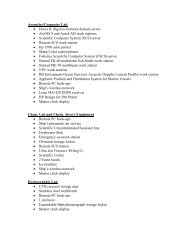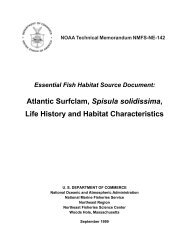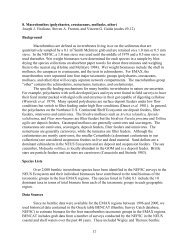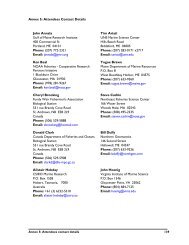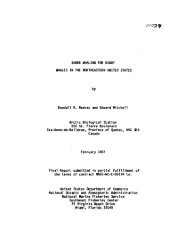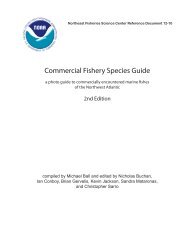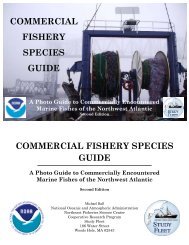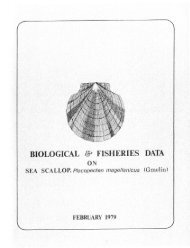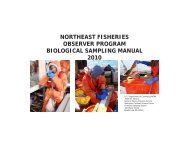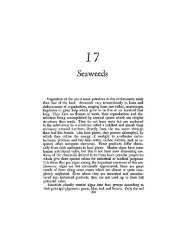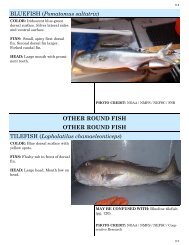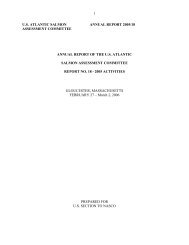Scup, Stenotomus chrysops, Life History and Habitat Characteristics
Scup, Stenotomus chrysops, Life History and Habitat Characteristics
Scup, Stenotomus chrysops, Life History and Habitat Characteristics
You also want an ePaper? Increase the reach of your titles
YUMPU automatically turns print PDFs into web optimized ePapers that Google loves.
a) 1973-1980<br />
Arthropoda 54.9%<br />
b) 1981-1990<br />
Arthropoda 31.1%<br />
1-10 cm<br />
(n=239)<br />
1-10 cm<br />
(n=50)<br />
All Other Prey 5.0%<br />
Miscellaneous Materials 5.1%<br />
Echinodermata 5.5%<br />
Annelida 11.1%<br />
Unknown Animal Remains 18.3%<br />
Annelida 17.0%<br />
Unknown Animal Remains 51.9%<br />
Echinodermata 52.4%<br />
Annelida 61.6%<br />
Arthropoda 20.2%<br />
11-40 cm<br />
(n=795)<br />
11-40 cm<br />
(n=330)<br />
All Other Prey 4.6%<br />
Annelida 4.1%<br />
Mollusca 13.1%<br />
Arthropoda 17.8%<br />
Page 17<br />
Unknown Animal Remains 5.6%<br />
All Other Prey 9.8%<br />
Unknown Animal Remains 10.8%<br />
Figure 2. Abundance of the major items in the diet of juvenile (1-10 cm) <strong>and</strong> adult (11-40 cm) scup collected during<br />
NEFSC bottom trawl surveys from 1973-1980 <strong>and</strong> 1981-1990. Abundance in the 1973-1980 samples is defined by mean<br />
percent prey weights, <strong>and</strong> in the 1981-1990 samples as mean percent prey volume. The “Arthropoda” are almost entirely<br />
crustacea; see text for discussion of specific taxa involved. The category “animal remains” refers to unidentifiable<br />
animal matter. Methods for sampling, processing, <strong>and</strong> analysis of samples differed between the time periods [see Reid et<br />
al. (1999) for details].



